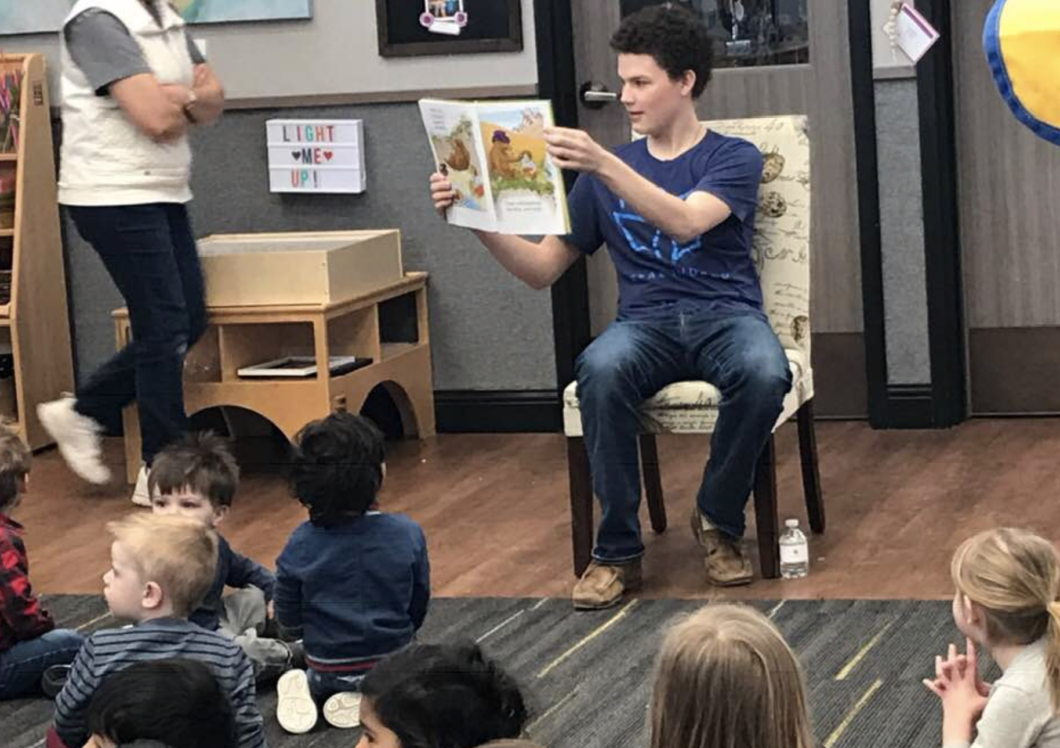Resource
Reading to Children
Civic Circle® Area: Volunteer
The impact of COVID-19 continues to change our daily lives and routines, but volunteering and civic engagement are just as important as ever. This project can be modified to adhere to social distancing guidelines set by local and national authorities, to do virtually or to do at home and deliver via mail or drop off.
Did you know that a lot of kids struggle with reading? Research shows that children who are read to from an early age are more successful at learning to read. Make a difference in the reading life of a child by spending time reading your favorite books to them.
What You Need:
- Your favorite books that are age appropriate for the kids you will be reading to
- Enthusiasm
- Expression
Steps:
- Talk to your caregiver. Tell them what you would like to do and make sure you get their approval.
- Find some kids to read to — ask local libraries, community centers, after school programs, preschools, low-income schools or even your own school if they have any kids who would love to hear a good story.
- Agree on a day and time.
- Choose books. Make sure that they are age appropriate for your audience.
- Practice reading aloud with your friends. Think about how much you love hearing fluent, expressive readers. You really want to get the kids excited!
- Host your reading day.
- To adhere to social distancing guidelines, the reading day can be hosted virtually through Zoom or another video conferencing platform.
Optional Steps:
- If you decide to read to kids who don’t have access to a lot of books, you might want to bring some new and gently used books so the kids can choose one to take home.
- Make bookmarks together.
- Provide a snack for after the read aloud. Hang out and talk about books.
- Have kids draw a picture of their favorite part of the story you read. (Don’t forget, if you decide to do this bring markers, crayons and lots of paper.)
Reflection Questions:
- How do you think the kids felt after you read to them?
- Are there other ways that you can help kids who struggle with reading?

